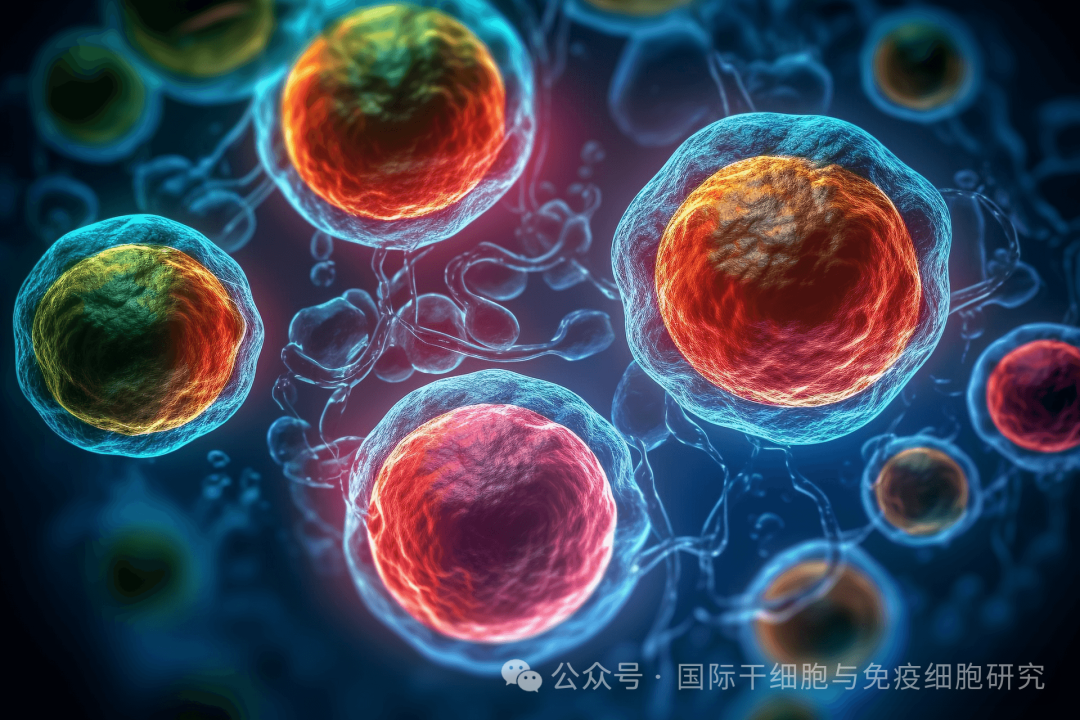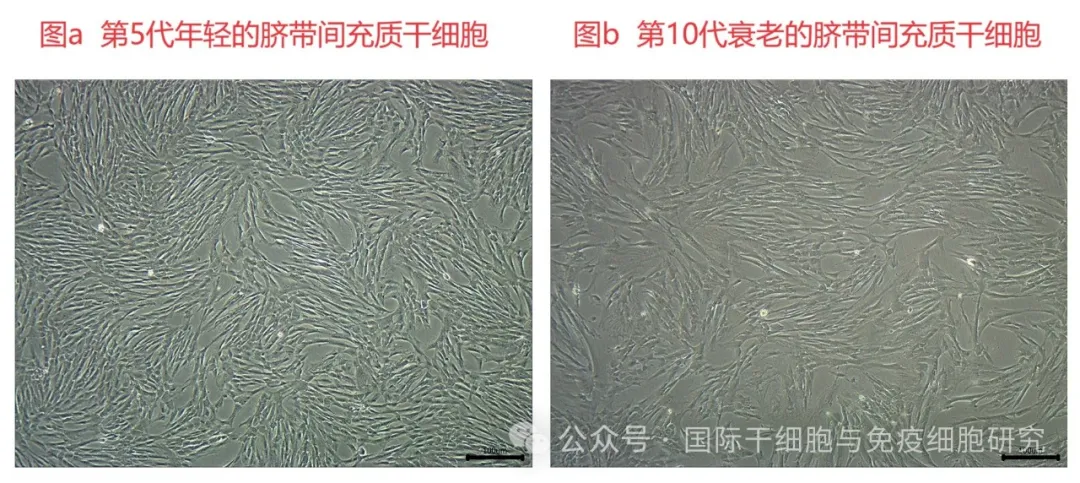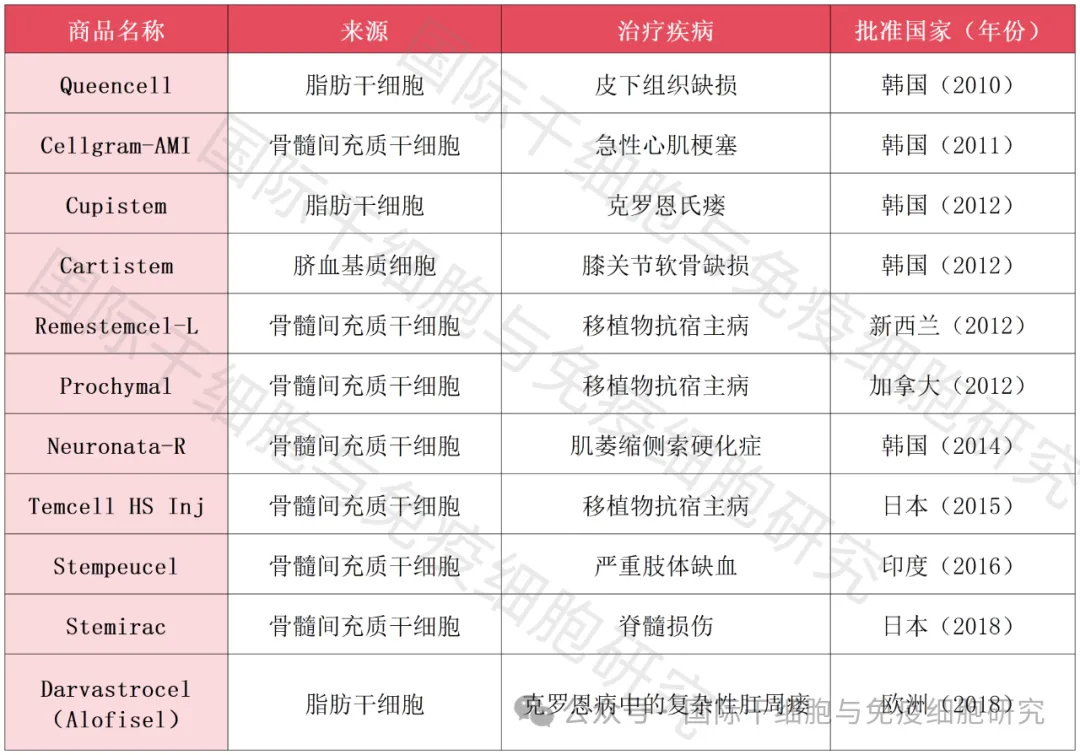
As the origin cells of the human body, stem cells have unique effects that have not been seen in traditional medicines in improving sub-health status, preventing and treating chronic diseases, and beautifying and resisting aging. They are considered to be the only hope for the functional regeneration of human tissues and organs. In recent years, with the continuous development of regenerative medicine, the clinical application of stem cells in various countries has become increasingly widespread.
In September 2023, my country officially released the national standard for human stem cells,"Technical Specifications for the Management of Multipotent Stem Cells in Biological Sample Banks", which clearly mentioned that it is necessary to focus on cell source, cell survival rate, cell growth activity and other aspects.
Stem cells may be related to these factors

Stem cell-derived
The donor sources of stem cells mainly include autologous stem cells and allogeneic stem cells. Whether it is autologous or allogeneic stem cells, age, physical condition, etc., it will have a certain impact on stem cells.
1. Autologous/allogeneic stem cells
① Allogeneic stem cells: The source of the cells is pulp, bone marrow, umbilical cord and other tissues other than the patient's own.
② Autologous stem cells: The source of the cells is the patient's own, such as autologous adipose tissue. Compared with frozen and thawed cells, fresh autologous adipose stem cells have the advantages of more sufficient cell numbers, better clinical effects, and no rejection, but the culture cost is relatively high. The following figure shows mesenchymal stem cells from different tissue sources, their culture performance and proliferation ability.

Note:
① Yellow: Serum medium.
② Blue: Completely "Animal Origin Free"(AOF) medium.
2. Age of donor
Compared with young stem cells, aging stem cells often show reduced secretion ability, reduced activity, morphological changes, and reduced immune regulation ability (see the figure below for details). Therefore, theoretically speaking, allogeneic umbilical cord mesenchymal stem cells (MSC), young autologous fat MSC, etc. are superior to autologous MSC of the elderly.

3. Physical condition of the donor
In addition to age, physical condition can also affect stem cells, mainly including two aspects:
① Viral infection: The "Technical Specifications for the Management of Multipotent Stem Cells in Biological Sample Banks" clearly requires that stem cells be tested for fungi, bacteria, and mycoplasma, and screened for infectious diseases [including HIV (human immunodeficiency virus), HBV (hepatitis B virus)), HCV (hepatitis C virus), etc.]. Our neighboring country, Japan, has stricter supervision of stem cells. According to the "Relevant Law on Ensuring the Safety of Regenerative Medicine" approved by the Ministry of Health, Labor and Welfare, when cells are put into storage, they also need to undergo virus and other related inspections.
② Self-diseases: Certain self-diseases, such as autoimmune diseases, genetic diseases, diabetes and other chronic diseases, may also affect stem cells.
Survival rate of stem cells
Stem cells are very delicate and need to be frozen in a low-temperature liquid nitrogen tank at-196℃ to maintain their activity. Only when active stem cells are infused back into the patient's body can the expected effects such as repair be achieved. Once the stem cells are inactivated, the efficacy will be affected.
According to the provisions of the "Technical Specifications for the Management of Multipotent Stem Cells in Biological Samples Banks" T/CSCB-0005 and T/CSCB-0002, the survival rate of non-cryopreserved cells needs to be ≥90%, which also requires the implementation of regulatory policies.
Growth activity of stem cells
There are many criteria for evaluating the growth activity of stem cells, including telomerase activity, cell cycle, cell doubling time, etc., which are all closely related to the "stem cell culture generation".
In theory, the higher the culture generation of stem cells, the stronger the dryness of stem cells. However, most of the first to second generations of stem cells are not suitable for clinical use due to factors such as genomic instability and increased proportion of abnormal karyotypes. Generally speaking, the clinical application of mesenchymal stem cells is appropriate for 3 to 6 generations, and it is generally recommended that no more than 10 generations.
Other influencing factors
1. Qualification patent
To a certain extent, patent certificates can represent the scientific research strength of a R & D enterprise; qualifications are certificates that objectively reflect the legal and compliant operations of a company.
2. Regulatory policies
As a cutting-edge technology, stem cells have strict requirements for their collection, preparation, in vitro culture, transportation, storage, etc. Problems in any link may affect the activity and effect of stem cells. As one of the few countries that has approved stem cells for clinical treatment, Japan has many aspects worth learning from in terms of strict supervision of the entire stem cell process. Japan has currently issued a total of 128 cell therapy guidance documents, which strictly supervise the number of cell processing times, cell use, stem cell product and technology supervision, and risk follow-up supervision. To ensure the safety and effectiveness of stem cells. It is reported that my country is currently adopting a "quasi-dual-track management model". Stem cells are regulated according to the classification of new drugs and medical technologies, and are jointly carried out by the "State Food and Drug Administration" and the "Health Commission".
Summary of approvals
Currently, the mesenchymal stem cells (MSCs) that have been approved for use in Japan, South Korea, Europe and other countries and the diseases they treat are summarized as follows:

▲ Data comes from "NCBI"
Messages
Factors such as stem cell source (including autologous/allogeneic source, patient age and physical condition), survival rate of stem cells, survival rate of stem cells, qualification patents of R & D companies, and regulatory policies may affect the activity and therapeutic effect of stem cells. Therefore, patients are advised to choose a regular medical institution. If they have certain chronic diseases or infectious diseases, they need to communicate with the doctor in time before treatment to avoid affecting the final treatment effect.